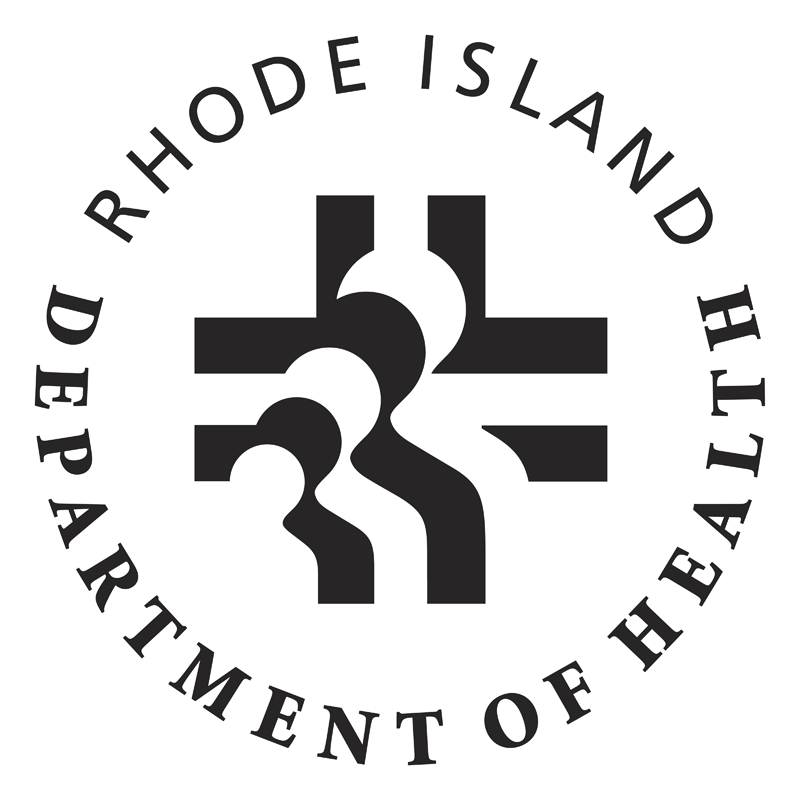- Acute Infectious Disease Epidemiology, Center for
- COVID-19 Epidemiology, Center For
- Emergency Preparedness and Infectious Disease, Division of
- HIV, Hepatitis, Sexually Transmitted Diseases & Tuberculosis Epidemiology, Center for
- Medical Examiners, Office of the State
- Project Firstline Rhode Island
- Sexually Transmitted Disease Program
- State Laboratories, Division of
- Tuberculosis Program
 Rhode Island Department of Health
Rhode Island Department of HealthState of Rhode Island
Department of Health
